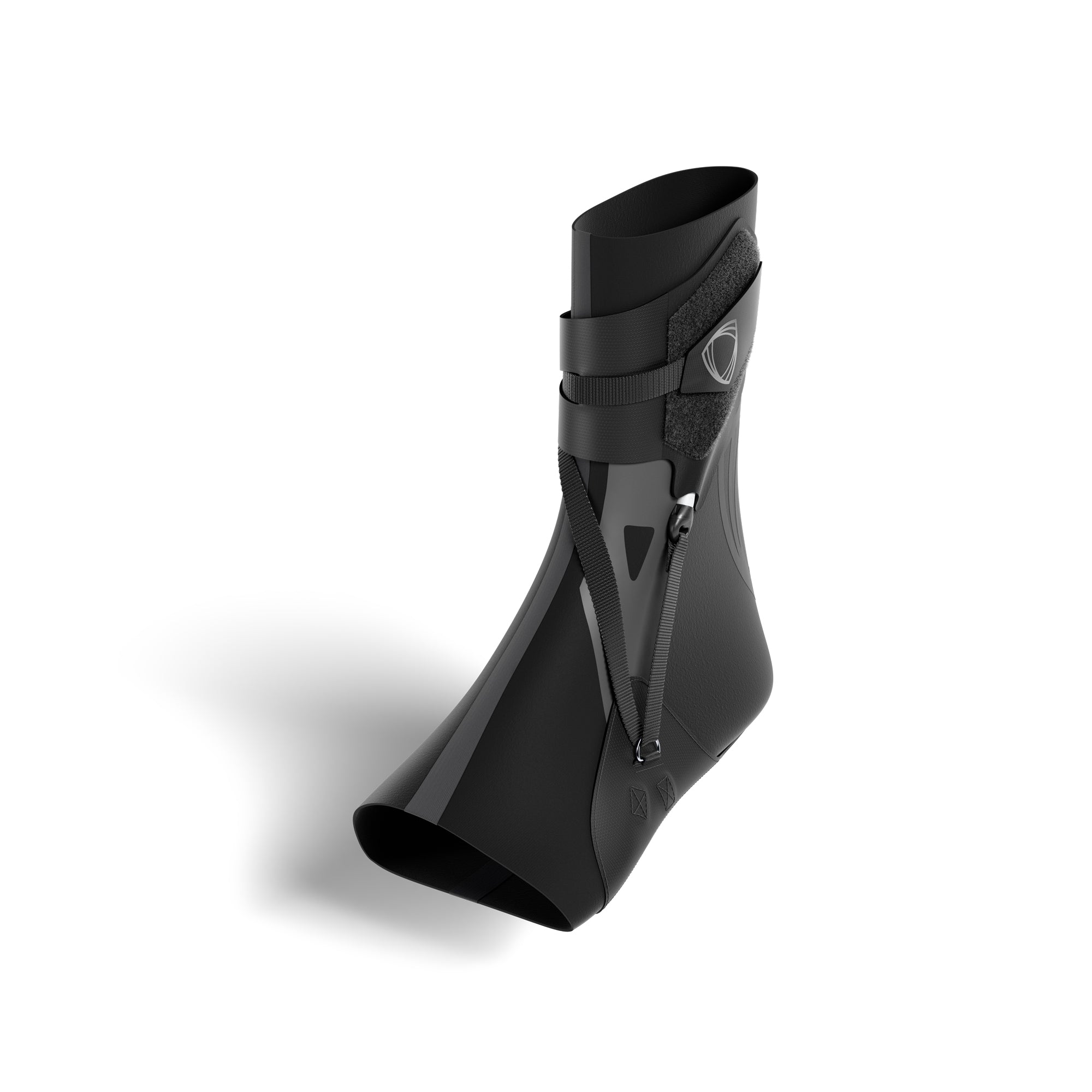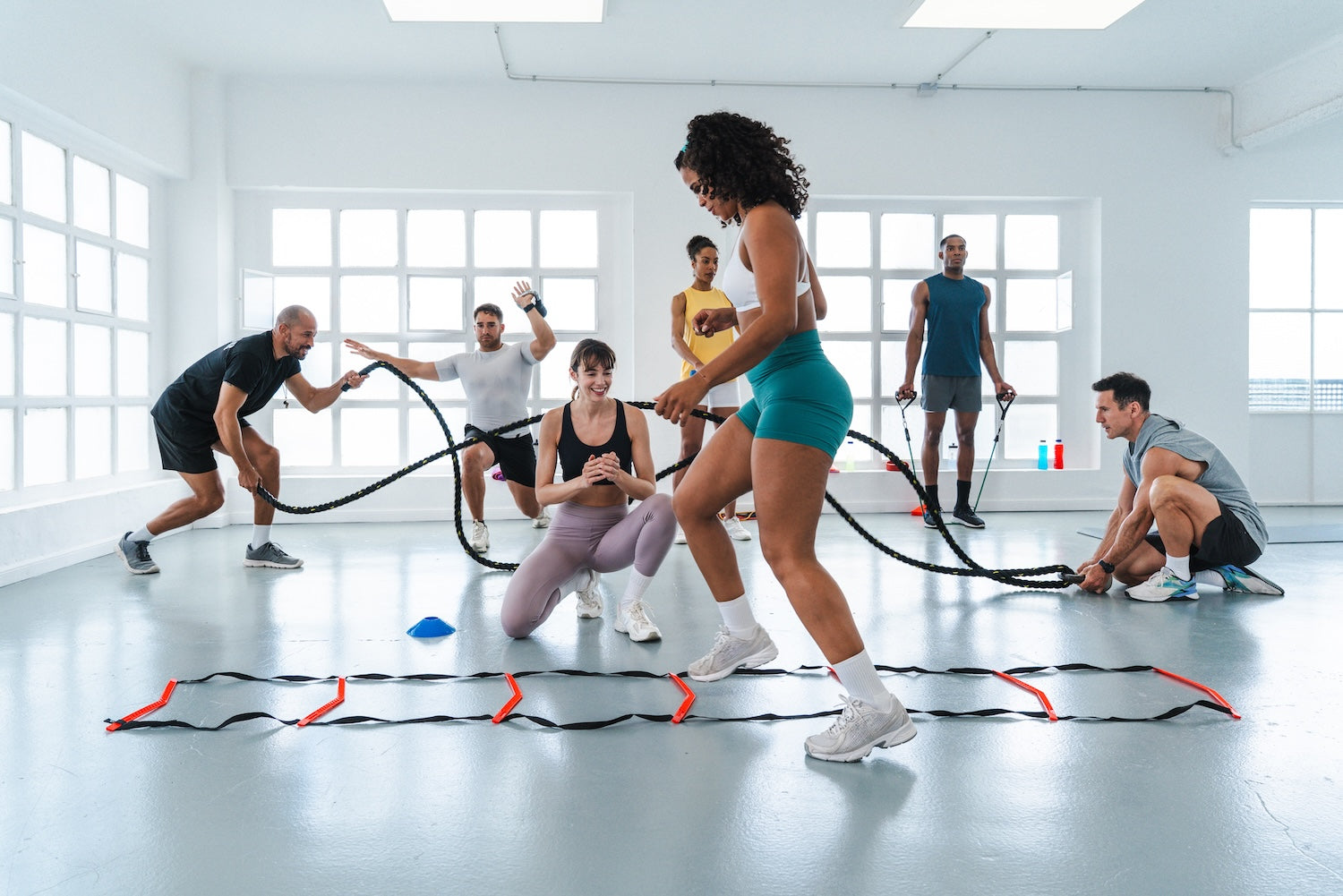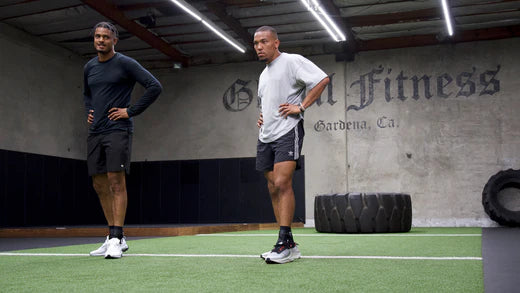High-intensity interval training will get you further if you structure it correctly. A HIIT training plan provides structure, clear stimuli, and real progress. Instead of training aimlessly, you get targeted sessions that challenge you without overwhelming you. And with the right ankle protection, your training will not only remain intense, but also safe.
Why a HIIT training plan is more effective than your normal workout
If your workout looks the same every time, don't be surprised if your progress stalls. Most people get stuck somewhere between cardio, a little strength training, and a few YouTube videos. That's nice, but it's not efficient. A HIIT training plan hits where it hurts: short, hard bursts of exercise, then minimal rest, then back to the grind. And it does so with a plan that tells you what, when, and how.
A good HIIT full-body training plan works your entire body, not just your legs or your heart rate. And it saves you time. If you only have 20 minutes, that's better than nothing. HIIT training plan doesn't mean guessing, it means tearing.
The fast way to better shape – how a HIIT training plan works
Always jogging at the same pace? Or doing the same routine at the gym? You can do better than that. With a HIIT training plan, you put your body into stress mode – and that's exactly where progress happens. Give it your all for 30 seconds, then cool down for 15 seconds. Sounds easy, but it hurts. And it works.
Effective HIIT workout plan exercises:
- Tabata for heart rate and power:
- A classic HIIT protocol: 20 seconds at full speed, 10 seconds rest – eight rounds. In just four minutes, you'll push your cardiovascular system to its limits. Ideal for burpees, mountain climbers, or squats.
- 30–20–10 HIIT as a smart introduction:
- 30 seconds easy, 20 seconds medium, 10 seconds sprint – three times per round. Perfect for beginners who want to ease into HIIT without overdoing it right away.
- Treadmill HIIT for maximum control:
- 20 to 60 seconds of sprinting, then rest, then sprint again. You can precisely set the speed, incline, and duration. Ideal for anyone who needs structure and repeatability.
Unlike pure endurance training, you create stimuli that trigger the afterburn effect. And you don't need an hour. If your HIIT and strength training plan is well designed, 20 minutes is enough. But do it right.
Who is a HIIT training plan suitable for and who is it not suitable for?
Not everyone should just jump into interval training blindly. A HIIT training plan for beginners works – but only if the pace and scope are right. HIIT is only suitable to a limited extent for people with cardiovascular problems or joint complaints because the strain is high.
For everyone else – including advanced athletes and those returning to exercise – HIIT is an effective solution. It is important not to ignore recovery. Otherwise, the plan will wear you out rather than get you fit. If you want to take a controlled approach, it is best to start with a HIIT treadmill workout plan: speed, incline, intensity – everything is scalable.
HIIT training plan at home or in the gym – what suits you best?
Whether you complete your HIIT training plan at home or at the gym depends mainly on two things: your motivation and your need for structure.
HIIT at home means maximum flexibility: no commute, no crowded equipment, no excuses. But you need self-discipline and a plan that keeps you moving even without a trainer.
With the HIIT gym training plan, you get access to machines, treadmills, and clearly timed classes – great for anyone who works better with structure.
What's right for you:
- Want to train spontaneously without all the fuss? → HIIT training plan at home
- Need fixed times, more equipment, group motivation? → HIIT training plan at the gym
- Commute often or travel a lot? → At home + tools such as a jump rope or mini band
How to protect your joints during HIIT – and still get the most out of your workout
Jumping, quick changes of direction, explosive movements – that's what makes HIIT so effective. And that's exactly what can destroy your ankle joints if you don't protect them properly. Knees and backs often don't last long, especially with intense HIIT and strength training plans.
The solution: protection before something happens, not after. BetterGuards reacts adaptively to critical movements and only blocks when it becomes critical for your ankle. During normal use, you hardly notice it and full mobility is maintained. Smart trainers plan protection just as they plan their next interval.

Conclusion – no plan, no progress
If you train without a plan, you won't make progress. A structured HIIT training plan saves time, brings order to your training, and challenges you exactly where it counts: in your performance. Instead of haphazardly trying things out and relying on gut instinct, you'll see measurable progress – session after session.
Get your HIIT training plan now and secure BetterGuards equipment that really protects you. For training without





